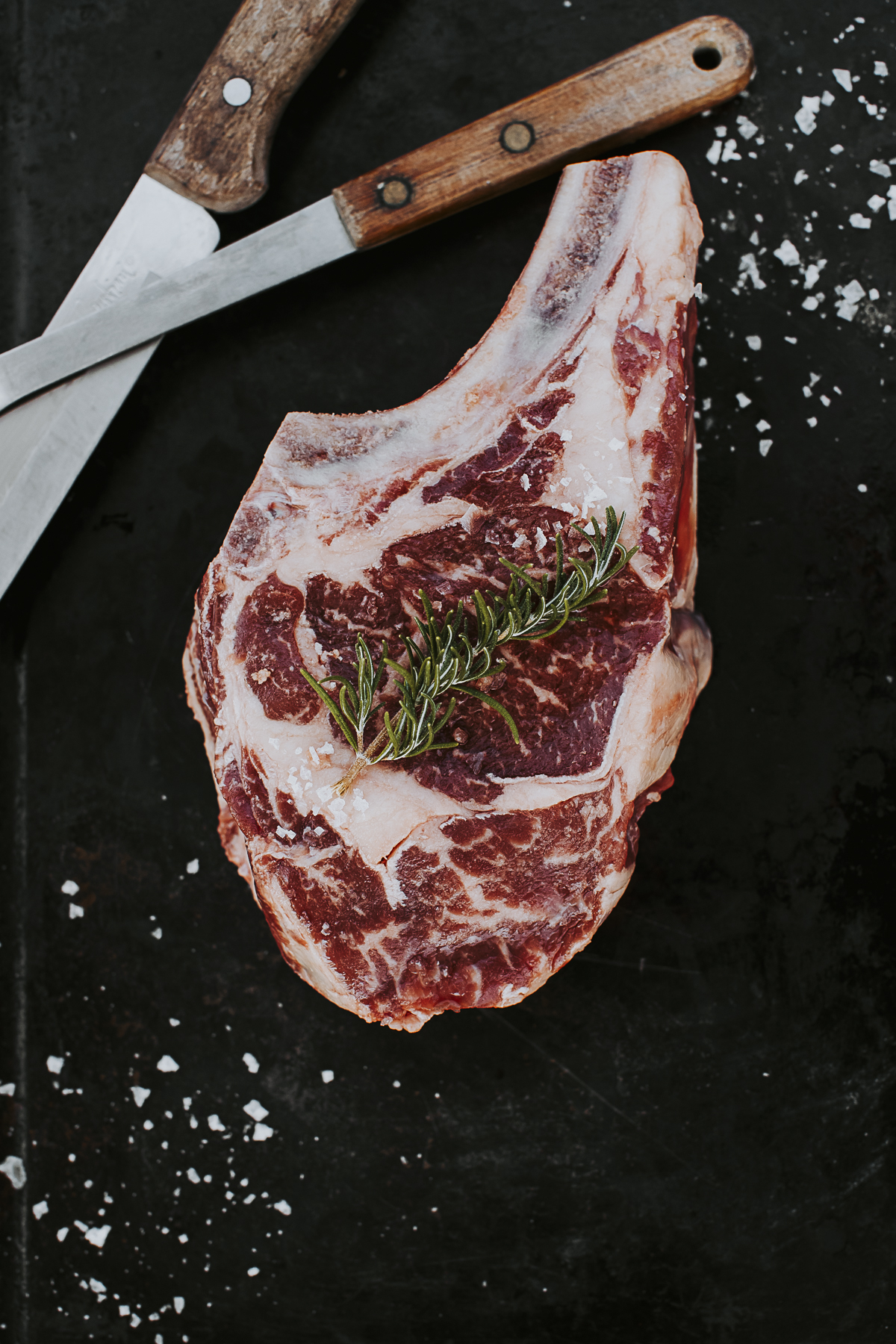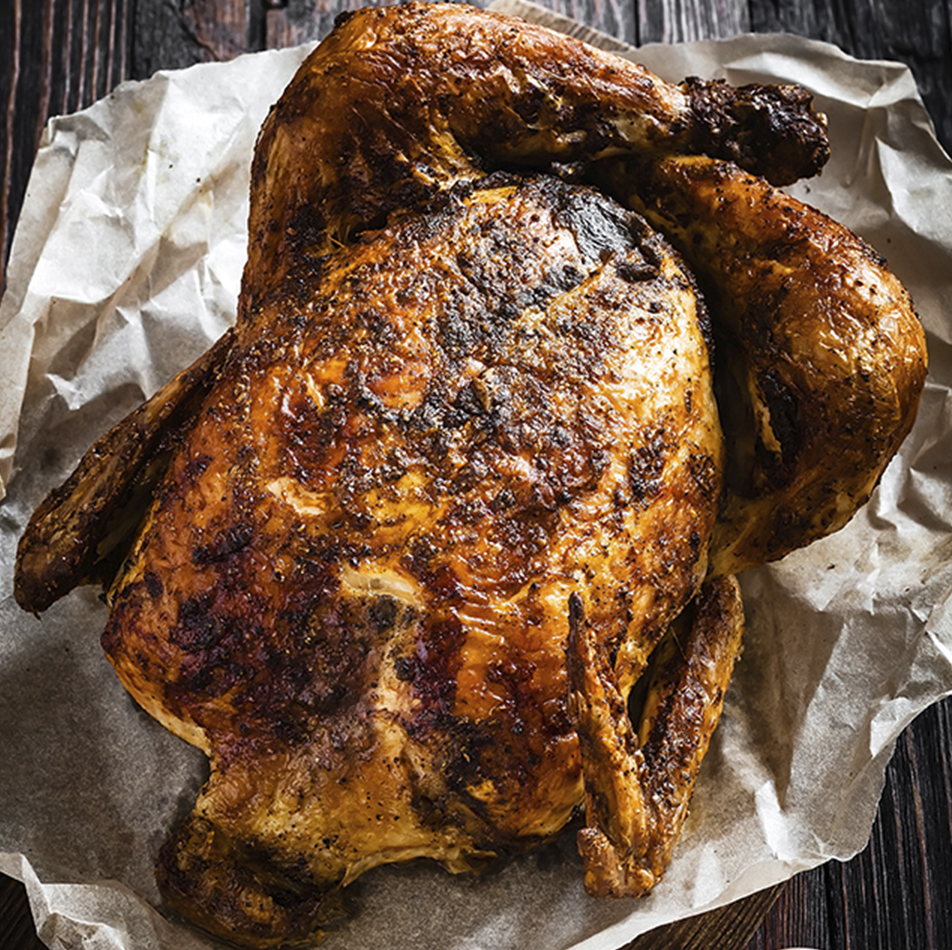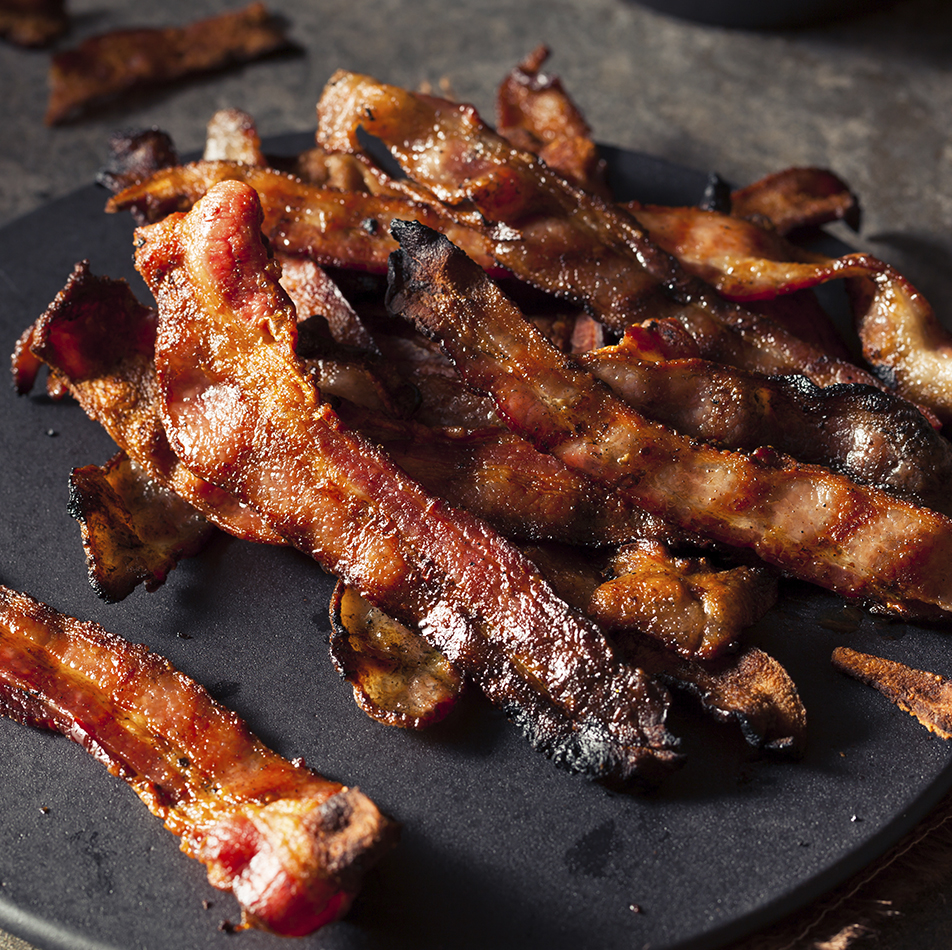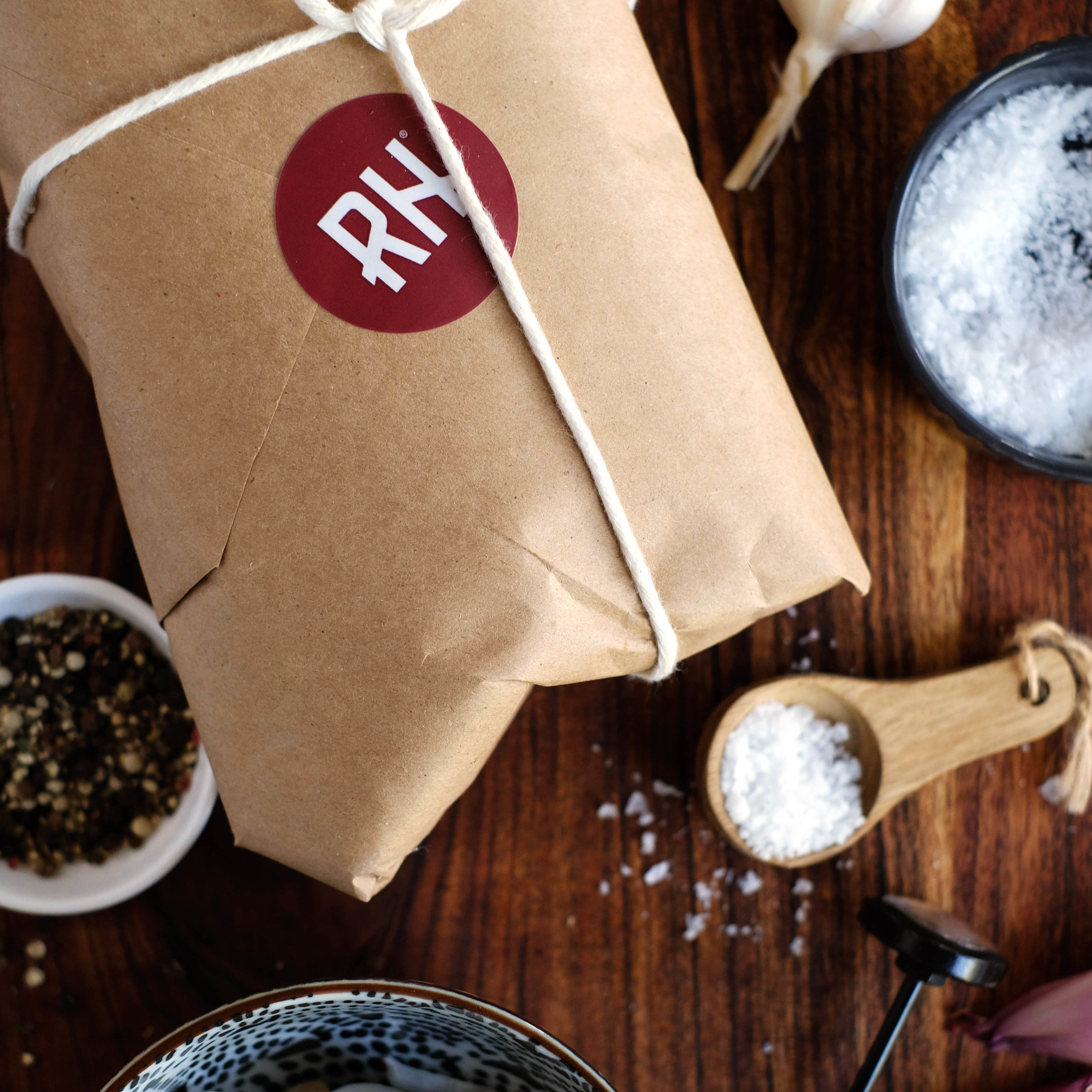The Importance of Soil Health
Soil health has always been a top priority at Redhouse.
And we’re not just talking about environmental buzzwords—we’ve always known that building better soil would enhance pasture feed quality, in turn improving cattle health and making our ranch more sustainable.
From day one, our goal has been to build a strong soil biomass and plant root structure, so we rolled up our sleeves and got to work. We began by collecting data from every part of our process, evaluating how and why our practices worked—and what needed improvement.
In addition to our mob grazing cattle rotations, which give the soil time to rest, we introduced chickens. Their mobile coops move through the pasture every few days so they can scratch up and stimulate the soil, eat flies and other cattle parasites and, of course, add nitrogen back into the earth. It’s a simple solution that has transformed our pasture fertility—while giving us some of the most amazing eggs and chicken around.
We also overseed our pastures in the fall through a no-till method, utilizing cool and warm season grasses to provide consistent feed year-round while maintaining a small footprint.
It was no surprise to us when we began to see the direct relationship between soil health and cattle health—we quickly found that soils with selenium and magnesium deficiency improved thanks to the urine and manure left behind by healthy cattle (and vice versa).
By focusing on soil health, we’ve also been able to reduce our water usage—we’ve brought it down by 27% this year through deeper water penetration and the soil’s ability to retain moisture.
Each season we are able to produce better feed and healthier cattle with fewer inputs—all thanks to our healthy soil that is teeming with life. We’re constantly learning and perfecting our practices, and we couldn’t be prouder of the results.
